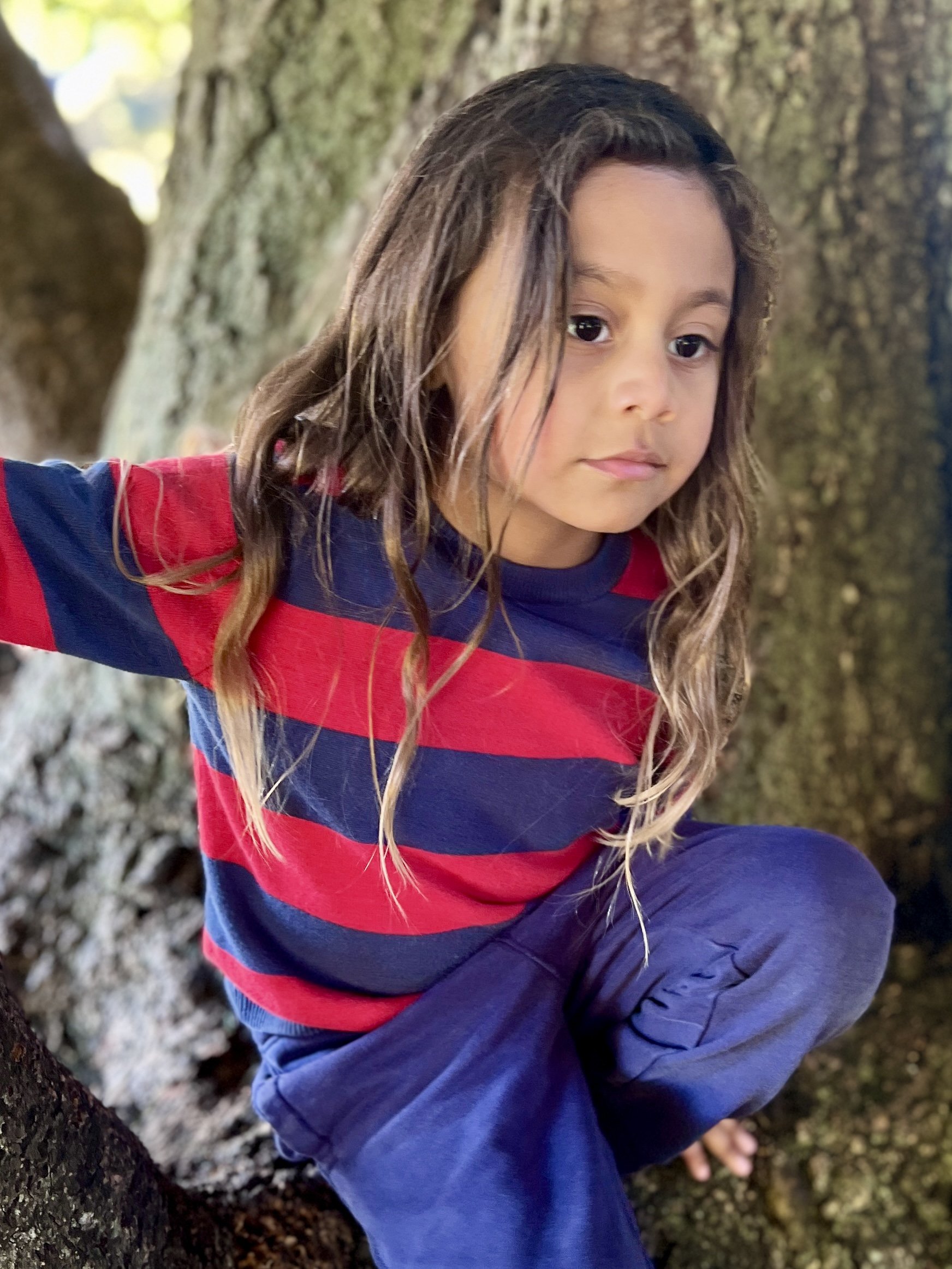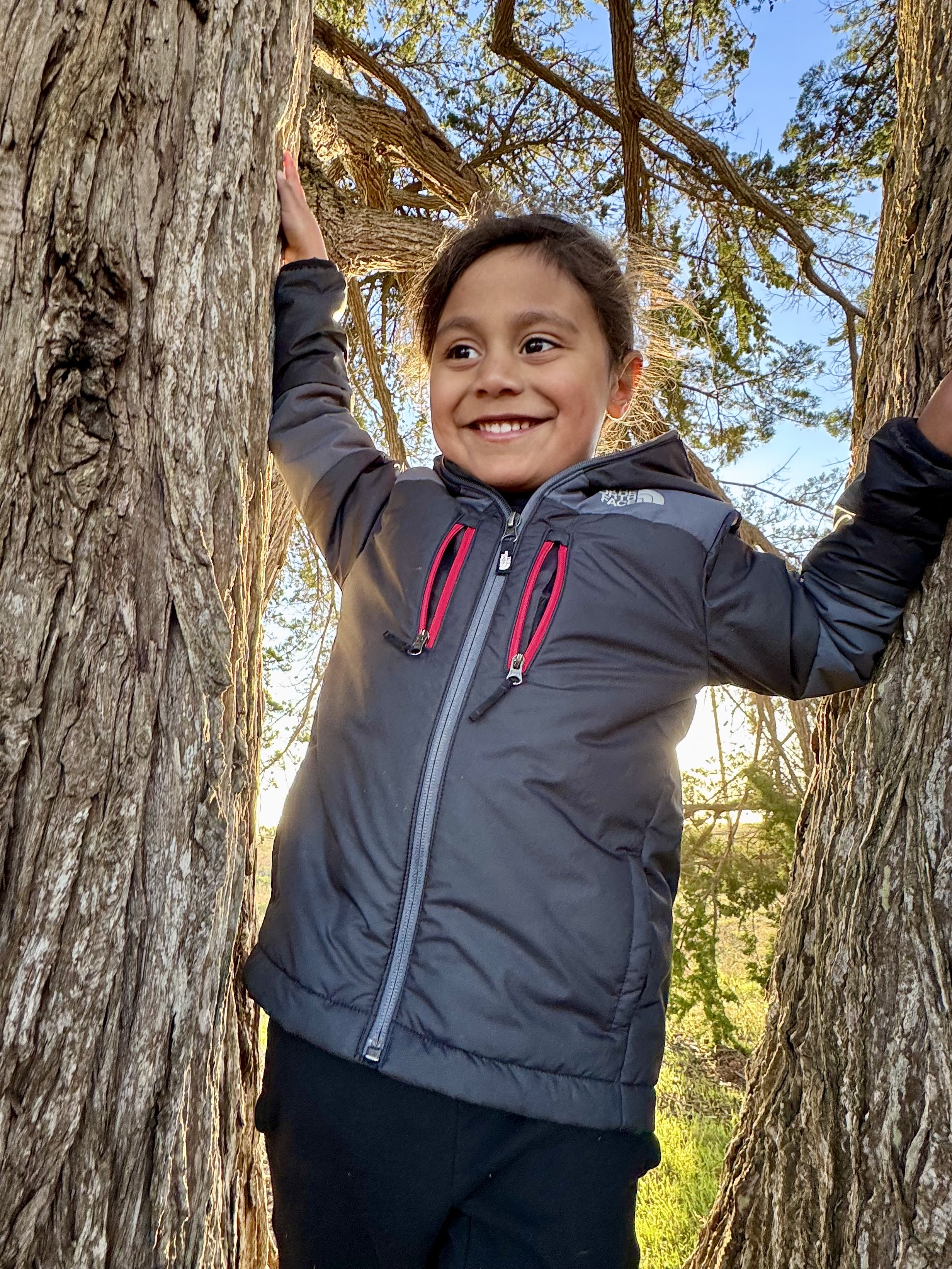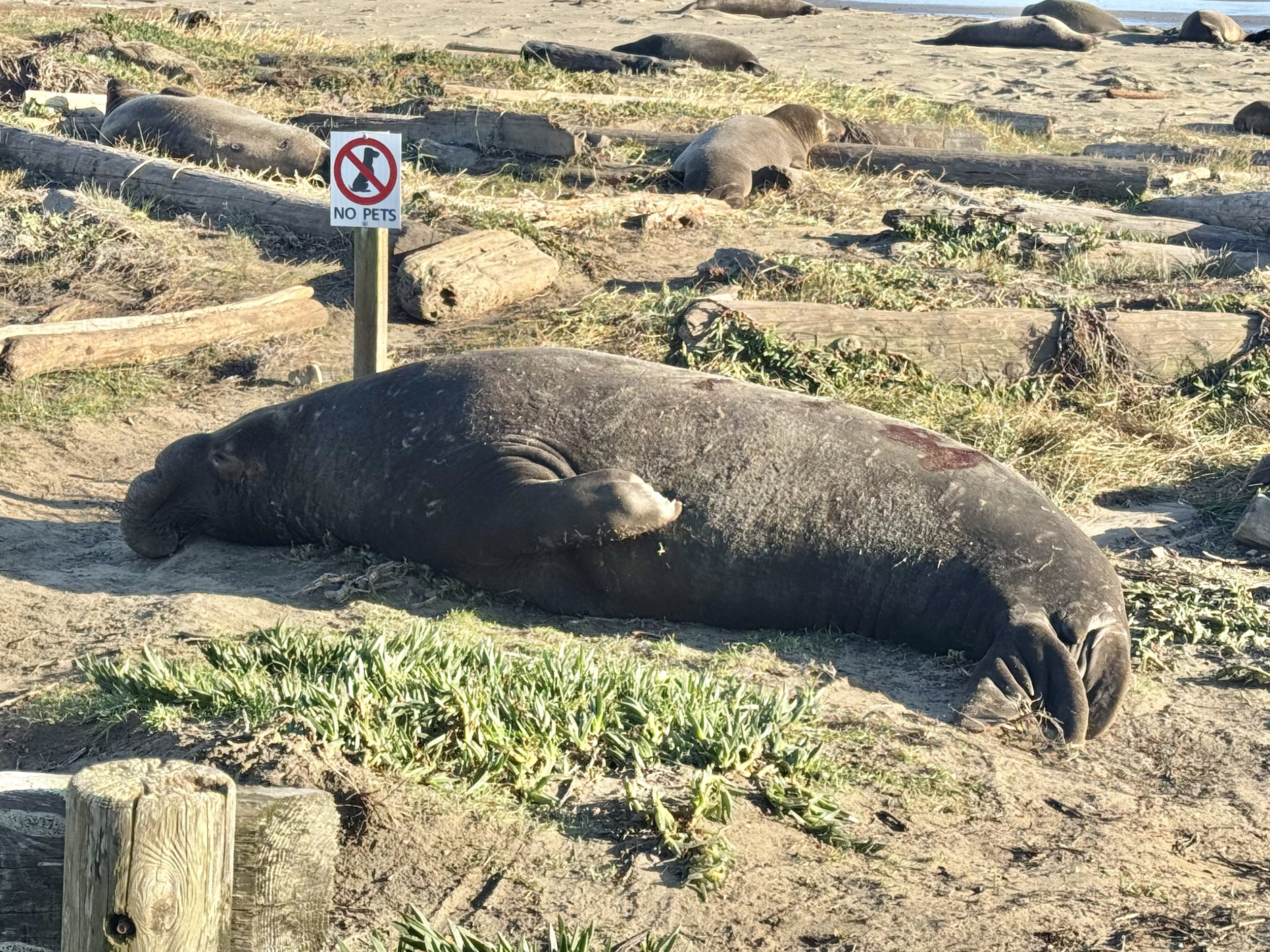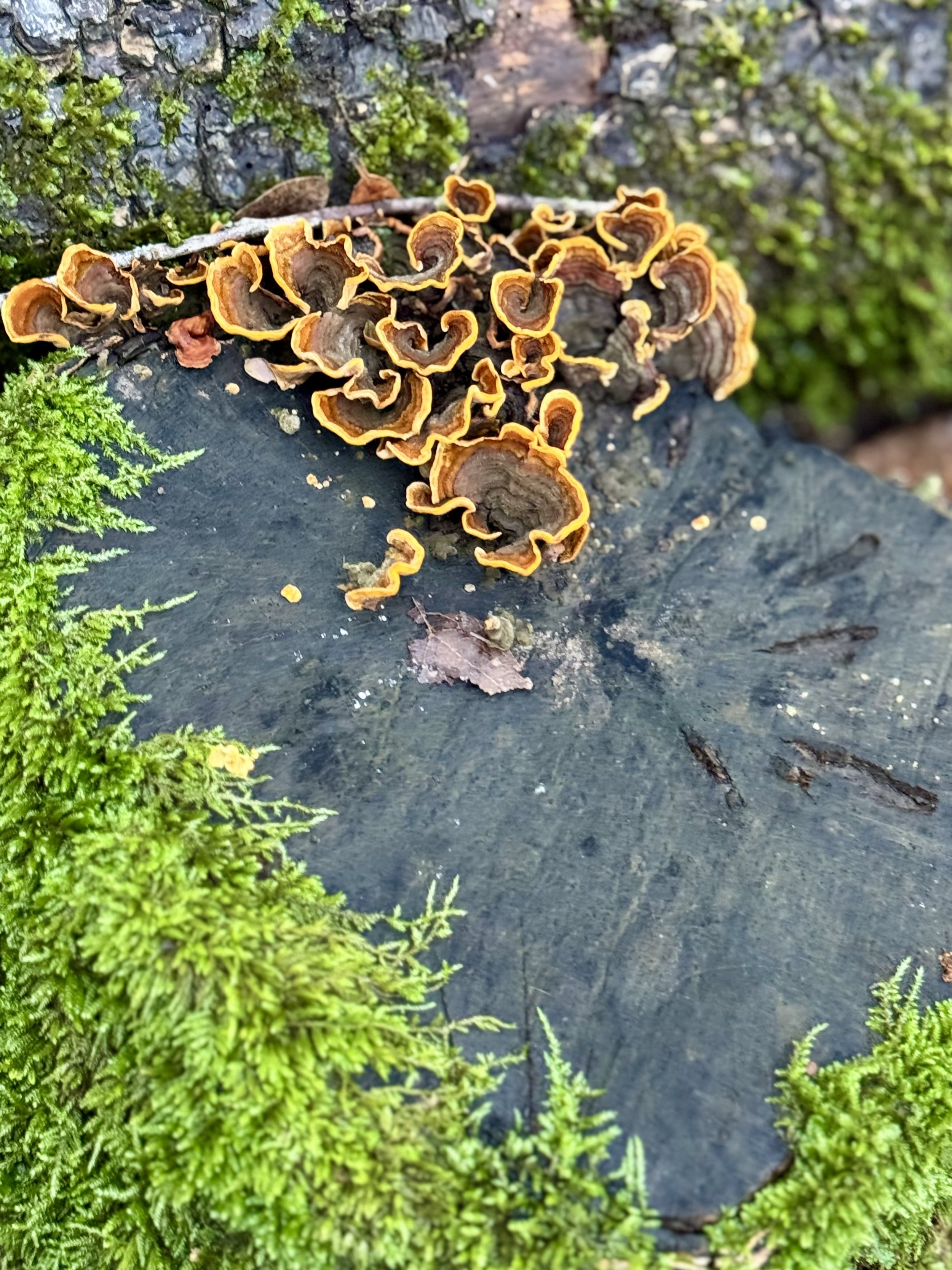SALMON, SEALS, AND MUSHROOMS
"In every walk with nature, one receives far more than he seeks.” - John Muir
We are over halfway through January. It started off as a nightmare for our LA friends. We love you so much and are thinking of you. We know so many people who lost homes and everything they own. Everyone who lives in LA knows of at least one family who had their home burn down. It’s unimaginable and looks like a bomb went off. We love you all so much.
Not so far away in Northern California a battery plant has gone up in flames releasing toxic fumes. The air quality of most of California is total sh*t right now.
I hope the rest of this post doesn’t sound insensitive. If we had not relocated, we would be stuck inside no matter how warm the weather. We would be going no where and spending zero hours outside. My heart hurts for all the people who have lost so much.
We are thankful that the air is good where we are and there no fires. As I mentioned in my last blog, we are participating in the 1000 hours outside challenge. We have 70 hours and 15 minutes clocked as of Jan 19, 2025. This week we made several trips that were less than an hour and a half away.
Kail sitting in a tree contemplating only he knows what.
First we went to Samuel P. Taylor State Park. We took one of the most beautiful hikes I’ve ever been on. I have been in love with Muir Woods since my first trip there. Taking the trail in Samuel P. Taylor was dare I say, even more stunning. It’s just wild how gorgeous the scenery is everywhere around us.
beautiful buck out on the trails
I love how with Almost WorldSchooling, one little adventure leads you smoothly to the next. We were standing on a bridge watching a fish that seemed to be just floating. A guy with his dog walked by and Kail excitedly told him to “come look, man, we see a fish, we see a fish!”
The guy smiled and chatted with us. “Have you been to the ‘fish viewing area’” he asked? Since it was already getting dark, we located it on the way out and instantly knew what are plans for the next day would be.
The fish viewing area along Peppermill Creek was awe-inspiring. We just so happened to hit the time of year when the salmon are laying their eggs.
As we started the trail there was a sign titled, “Recognizing a redd.” I didn’t know what a redd was. It read, “salmon lay their eggs in gravel nests called redds. The redds are up to 30 feet long and typically lighter in color than the surrounding streambed. Females create a pit and mound by turning on their sides and flipping their tails. Eggs are laid in the pit, fertilized by males and buried by the female.”
We got to see them actively creating their redds. We learned that if a salmon was red it was likely male. The females were gray or olive in color.
Another sign about “The Papermill Creek” highlighted a little more about the Coho Salmon and Steelhead Trout lifecycle. I vaguely remember something I learned in school decades ago about how some fish return to their birthplace to die. I found re-learning this quite fascinating. “After the females deposit their eggs and the males fertilize them it is the end of their lifecycle. Adults die where they were born three years earlier. The young hatch in about 60 days, spend a year in the creek, then swim downstream through Tomales Bay to the Pacific Ocean. After two more years, they return to Papermill Creek to begin the cycle anew.”
Kail climbing magical forest trees
From there we had plans to visit the world’s largest Marine Mammal Hospital. Kail enjoyed learning how to tell sea lions and seals apart. Sea lions kind of run using their back fins for legs. Seals go “galumphing” on their bellies. That was a new word for us that we have been having fun with since our visit.
Seals have a pretty rough life. Their mama’s abandon them when they are just four weeks old. Leaving them completely unprepared, not even teaching them how to fish before leaving. The Marine Mammal Hospital told us the elephant seals are currently giving birth in nearby Point Reyes. They advised us come back in early April when the hospital will be full of seals that were found underweight or unhealthy in some other way. They said we could observe them going to “fish school.” In fish school, they teach the seals to fish who haven’t figured it out yet. They then release them back into the wild giving them a better chance of survival. Only 70% of seals make it out alive after their first deep dive.
A male elephant seal rests after being in a fight for a desired female.
Now that we knew the elephant seals were giving birth on the beaches our plans were sealed (pun intended) for the next day. The very kind people at the Marine Mammal Hospital suggested that we go to Point Reyes and stop in the Bear Valley visitors center to find out the best places for viewing Elephant Seals. She said they count the new pups every day.
We learned that four pups had been born the day we were there and that thousands more were expected over the next three months. A volunteer who was there to talk about all the elephant seals said that they often fight. She told us she witnessed a male trying to mount a female that wanted nothing to do with him. Another female came up and started biting at the male until he turned away and left them alone. Cool to know some have each other’s back.
Turns out the “Bear Valley Visitors Center” is a very happening place. When we walked in there were tons of mushrooms sitting out on a bench. There was a sign telling of a “fungus fair” happening there the next day. We went back and learned so much about fungi!
Mushrooms are so cool!
We recently started foraging for mushrooms. Although we haven’t collected many mushrooms we have been identifying them on our hikes. We downloaded the “Plantum app” which has a mushroom identifier on it. In one day we identified nineteen mushrooms and have found many since. We found edible, poisonous, and psychoactive mushrooms. We learned that certain mushrooms can do one or more of the following: stop bleeding, start a fire, eat micro plastics, help scientists to know pollution levels, act as medicine. At the fungi fair they found over 400 different types of mushrooms that were foraged the day before in the area. We are so grateful to be immersed in the beauty of Marin.
It’s all learning!




